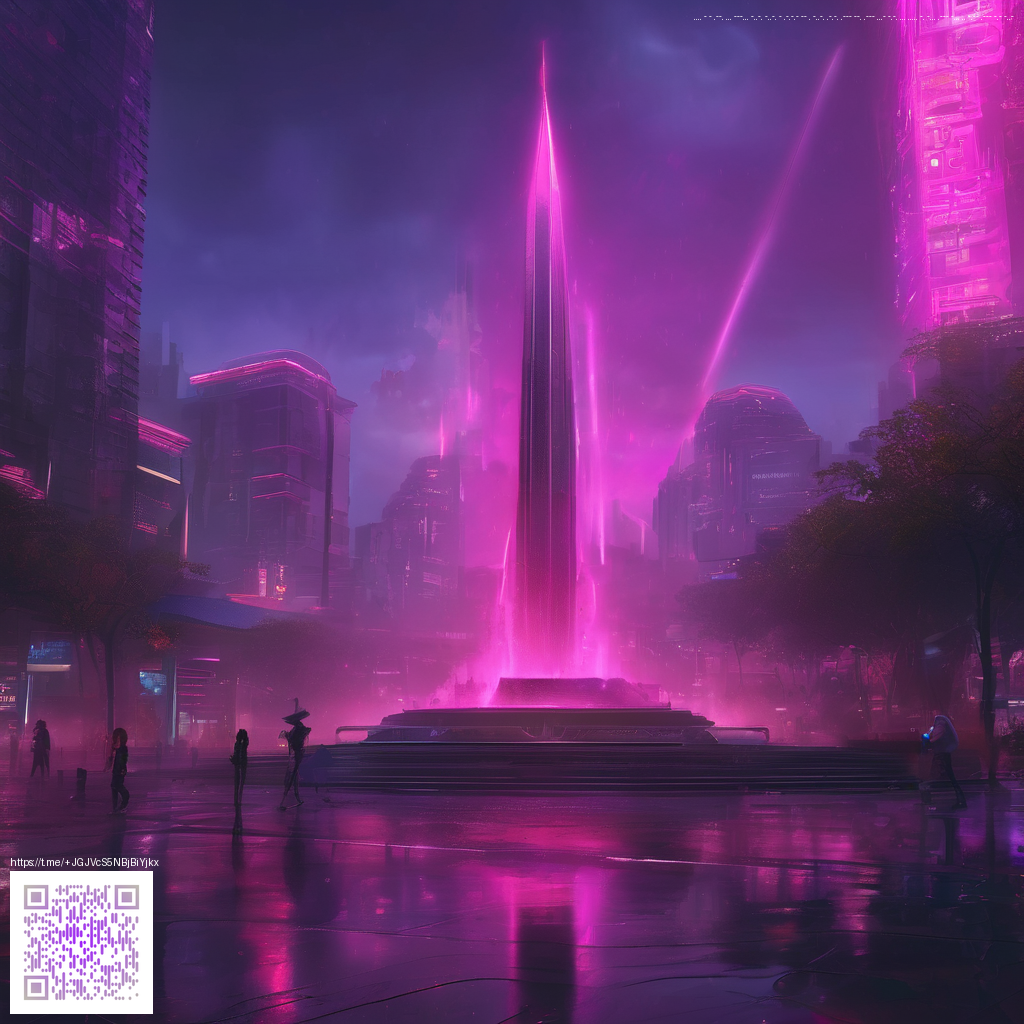
Smart Ways to Compress Textures for the Web
In a web landscape that increasingly blends rich imagery with interactive previews, texture data can quietly become a bottleneck. Careful texture compression reduces memory bandwidth and GPU load, translating into faster render times and a smoother user experience across devices. For ecommerce storefronts, this trade-off matters: you want crisp product visuals without slowing down the page. For example, a high-detail product image on a storefront—such as the Slim Lexan phone case for iPhone 16—benefits when textures are compressed without sacrificing perceived sharpness. You can explore practical approaches on the product page here.
Texture compression is not just about squeezing bytes; it’s about preserving essential detail. By encoding color, lighting, and surface information into a compact representation, you can deliver beautiful visuals while keeping load times in check. This balance is crucial for high-traffic product pages, where every millisecond of delay can impact engagement and conversion.
What texture compression actually does
At its core, texture compression stores texture data in compressed formats that the GPU can decode efficiently. For web and real-time graphics, engines often rely on formats tuned for graphics hardware, such as BCn/ETC2 and, on newer platforms, ASTC. In web contexts, developers frequently pair these with cross-platform containers like KTX2, which enable a single compressed asset to render well on diverse devices. For static imagery, modern web formats like WebP and AVIF offer substantial gains in file size and perceptual quality without sacrificing too much fidelity.
Formats to know
- BCn/ETC2 — strong compression suited for desktop GPUs and many mobile devices, with careful tuning needed for tonal fidelity.
- ASTC — exceptional quality at small sizes, ideal for modern devices, though not universally supported on older hardware.
- KTX2 with Basis — a versatile path that lets assets be transcoded for multiple platforms, simplifying the deployment of complex textures.
- Web-friendly image formats — for traditional 2D imagery, WebP and AVIF provide excellent compression efficiency with high perceptual quality.
“The goal is to shrink data without letting the viewer notice the difference,” observes a texture-optimization specialist. Perceptual quality often guides the choice between lossy and lossless options, ensuring assets stay sharp where it matters most.
Practical workflow for web deployments
- Audit your assets — catalog textures used across the site and measure current sizes and load times.
- Set targets — decide whether broad compatibility is key or if you can optimize for select devices first.
- Convert strategically — leverage universal encoders (like Basis) to generate cross-platform compressed textures (e.g., KTX2) that work with WebGL/WebGPU.
- Prototype and test — run perceptual tests and performance benchmarks, adjusting compression ratios and mipmap levels accordingly.
- Automate — integrate compression into your build pipeline so new assets are consistently optimized.
For ecommerce scenarios, pairing texture compression with modern streaming and responsive image strategies can dramatically improve perceived quality on slow connections. If you’re exploring how these concepts translate to real-world storefronts, this resource page offers deeper context and practical guidance: a detailed briefing.
Why this matters for user experience
Speed matters as much as aesthetics. Fast-loading visuals reduce bounce rates and improve accessibility, especially on mobile devices. When textures render quickly, customers can examine details—such as the finish and edges of a glossy case—without waiting. A well-structured compression pipeline preserves essential texture details while trimming redundant data, resulting in a smoother journey from curiosity to purchase.